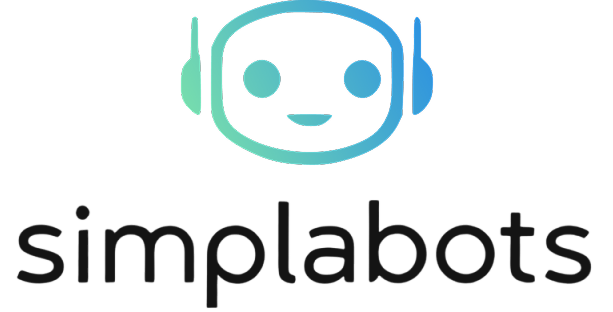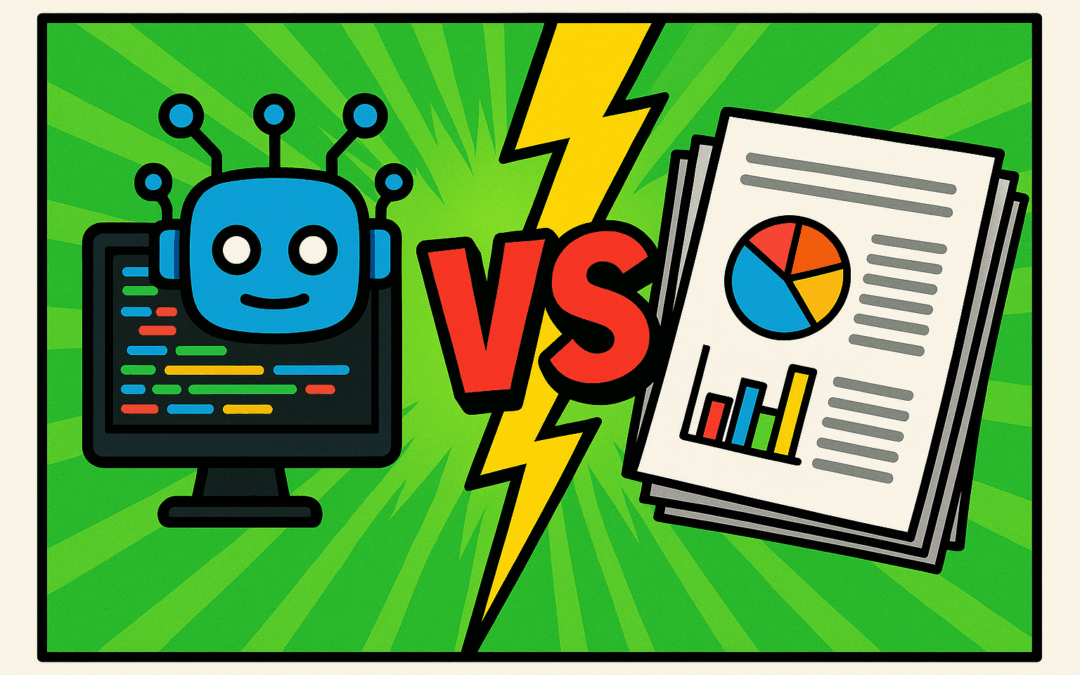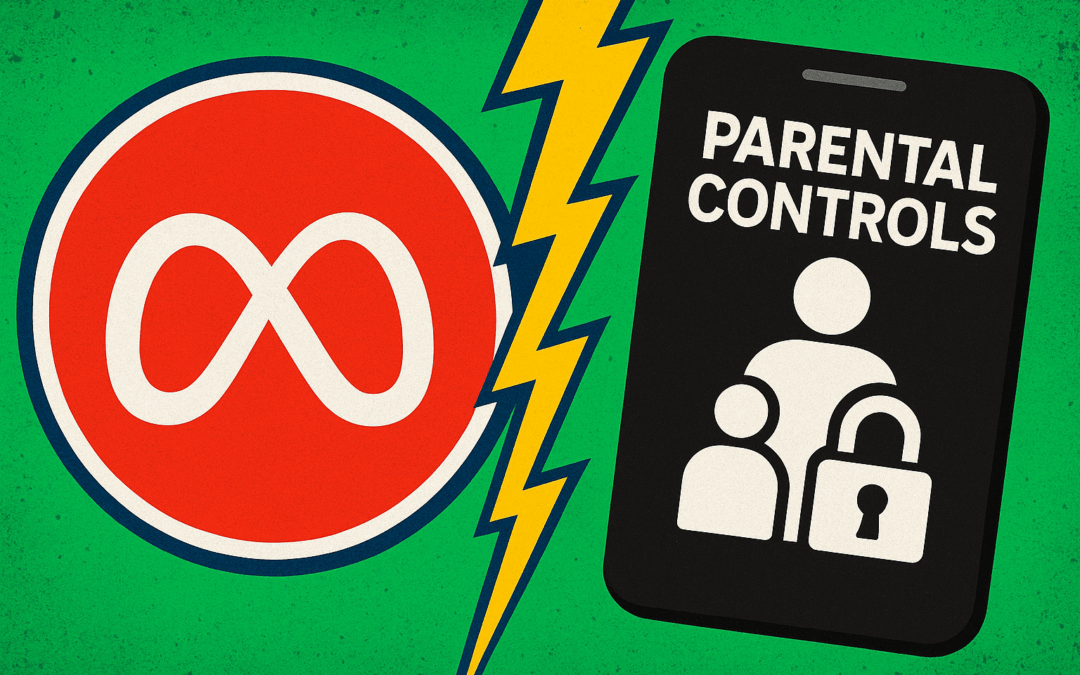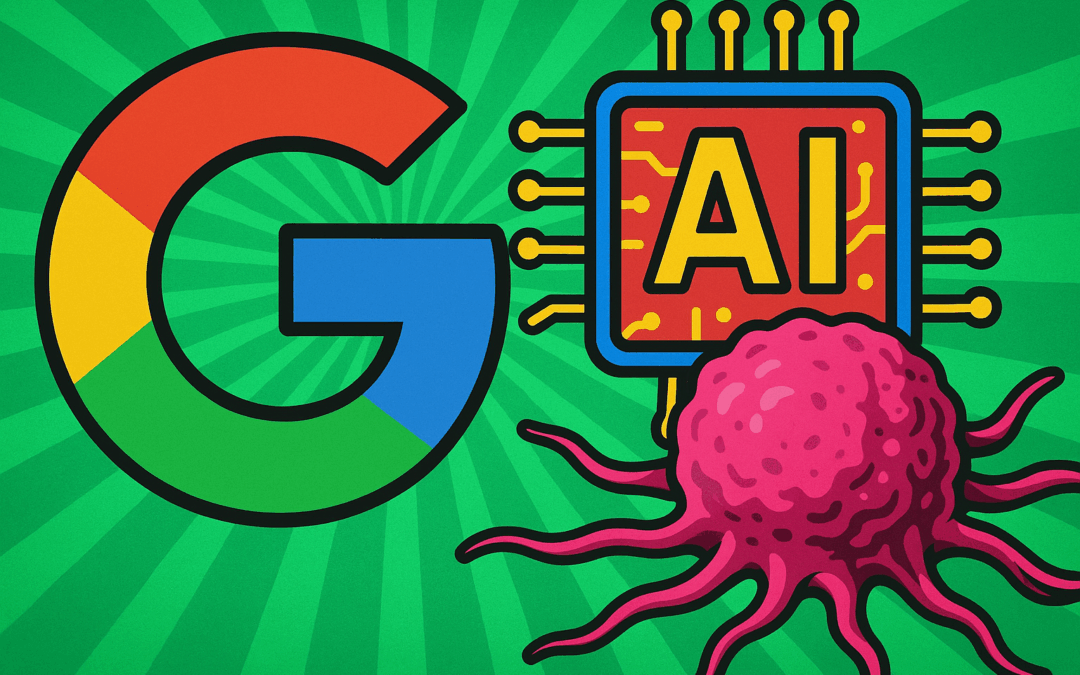As generative AI continues to reshape content on social platforms, Pinterest has introduced new user controls to address concerns over the quality and prevalence of AI-generated material.
This move marks a significant moment as the debate around AI’s role in curation, creativity, and information integrity intensifies.
Here’s what tech professionals, startups, and developers need to know as the line between authentic and synthetic content blurs across the web.
Key Takeaways
- Pinterest now lets users control how much AI-generated content appears in their feeds.
- The update responds to growing user concerns about so-called “AI slop”—low-quality, synthetic media generated by large language models (LLMs) and generative AI.
- This feature places Pinterest among the first major social platforms to give individuals direct influence over AI content exposure.
- The change signals a trend in transparency and user agency as AI becomes mainstream in content delivery.
Pinterest’s AI Content Control: What’s New?
Pinterest will allow users to customize the volume of AI-generated content within their home feeds.
Platform settings now enable toggling and adjusting how frequently images or posts identified as the result of generative AI appear during browsing.
According to TechCrunch, this addresses the mounting frustration over “AI slop”—algorithm-driven, bulk-generated posts that can dilute genuine, user-created content and disrupt curation.
Pinterest’s new controls send a clear message: Platforms must empower users to manage their AI content exposure—a shift from curation by opaque algorithms toward greater transparency.
Real-World Impact: Implications for Developers and AI Stakeholders
For engineers and AI product managers, Pinterest’s move creates a new precedent for algorithmic transparency and user-driven customization.
As platforms like Reddit, Instagram, and TikTok also experiment with LLM-fueled discovery and generative remixing tools, the push for explicit “AI filters” could accelerate.
Developers now face increased pressure to:
- Accurately tag or watermark AI-generated content at scale.
- Design UIs that surface content provenance and enable granular user controls.
- Build moderation frameworks that address bias, misinformation, and user trust as generative content proliferates.
Transparent labeling and user choice are rapidly becoming core features—not optional add-ons—for any product integrating generative AI.
Competitive Landscape: Industry Response to “AI Slop”
Pinterest’s rollout mirrors concerns voiced by the wider public and analysts.
While platforms like YouTube have begun auto-disclosing AI content and Meta has experimented with generative AI detection, Pinterest’s user-facing controls go further by letting individuals throttle algorithmic output themselves.
According to coverage by Engadget and CNBC, tech companies increasingly view this as both a trust issue and a competitive differentiator.
Startups building LLM-powered products may need to rethink how much agency users have over synthetic results, and investors are likely to reward platforms that balance innovation with transparency.
AI professionals can expect more granular, user-centric moderation tools as generative AI transitions from novelty to infrastructure.
Looking Ahead: The New Normal for AI-Driven Platforms
As generative AI models become capable of producing ever-more convincing media (from photorealistic images to lifelike voices and videos), efforts to label, regulate, and filter such content are set to intensify.
Pinterest’s approach—providing visible controls and clear boundaries—highlights a maturing market where user empowerment, not just AI-powered scale, underpins long-term platform value and trust.
Ultimately, the industry faces a balancing act between unleashing the creative potential of generative AI and mitigating risks related to authenticity and user autonomy.
AI builders should monitor how Pinterest’s experiment influences user engagement and competitor roadmaps in the months to come.
Source: TechCrunch











